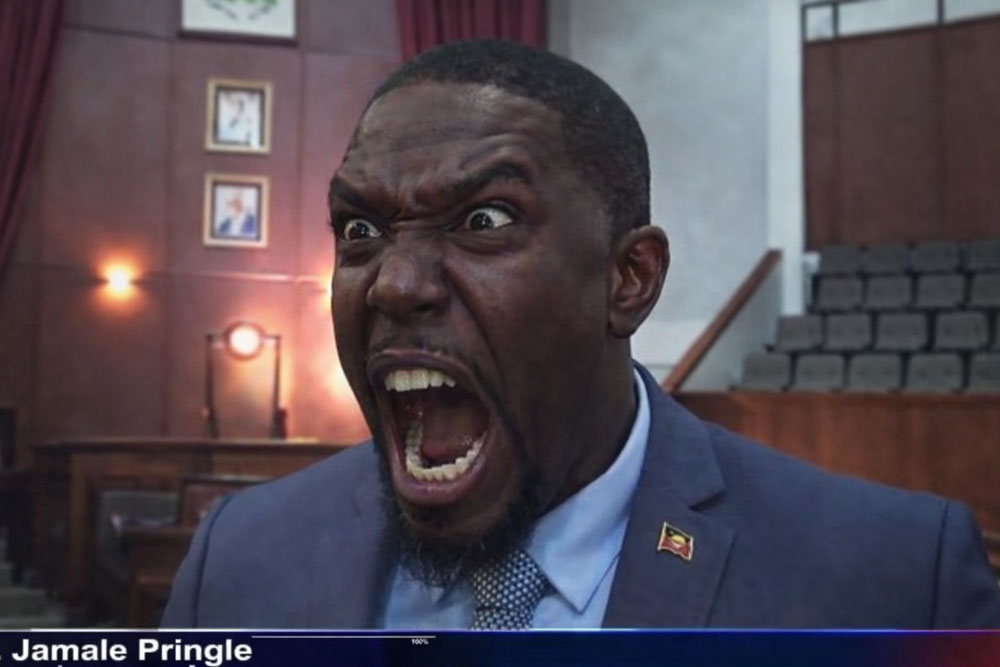WASHINGTON (AP) — Stewart McLaurin knew the moment was inevitable. An ambitious overhaul of the White House's East Wing was set in motion with the aim of creating a new ballroom, a vision pushed by President Donald Trump.
Though McLaurin, president of the White House Historical Association, was aware of the impending changes, witnessing construction equipment tear into the East Wing was still a startling reality. When the reality of things happen, they strike us a little bit differently than the theory of things happening, he noted in an exclusive interview with The Associated Press.
While the Historical Association does not take official positions on such developments, McLaurin highlighted a positive outcome: the demolition has sparked public interest in White House history. Over the past two weeks, people have engaged more with White House history, understanding the significance of different spaces, he stated.
Demolition Makes Headlines
The public became alerted to the demolition on October 20 when images surfaced online showing machinery dismantling the East Wing, leading to widespread criticism from various factions, including Democrats and preservationists.
This prompt action facilitated the removal of the East Wing, traditionally considered the operational base for first ladies and their teams, along with features such as a walkway linking the White House to a family movie theater and Jacqueline Kennedy’s garden.
Trump's proposal aims for a 90,000-square-foot ballroom, nearly double the size of the current White House. However, construction has moved forward without necessary approvals from the National Capital Planning Commission, a body that oversees modifications to federal properties.
Preservation Amidst Change
Despite the ongoing changes, the White House curator and staff have meticulously preserved the East Wing’s art and furnishings. McLaurin confirmed that the Historical Association is collaborating with White House officials to document and archive these alterations via advanced 3D scanning technology.
Our goal is to ensure that all elements of the East Wing are accurately reflected for future generations, he stated, expressing excitement about the unique artifacts that have been uncovered during the demolition process.
An Evolving Structure
Trump's administration has defended the demolition, arguing that every president has made modifications to the White House. McLaurin recognized the necessity for modernization, stating, The White House continues to evolve from its original structure built in 1792. Modern entertaining demands require more space.”
The Role of the Historical Association
Founded by Jacqueline Kennedy in 1961 to preserve the White House's historical integrity, the Historical Association operates without government funding, relying mainly on private contributions.
Its primary mission revolves around the preservation and education of White House history, ensuring that alterations do not overshadow the State Floor's historical elements. McLaurin said, Our role is not to support or oppose, but to document and understand the evolving narrative of this significant building.”
Since the demolition began, attendance at the free educational center opened by the association has surged. McLaurin reported that visitor numbers spiked over recent weekends, reflecting increased public interest in the White House's storied past.























